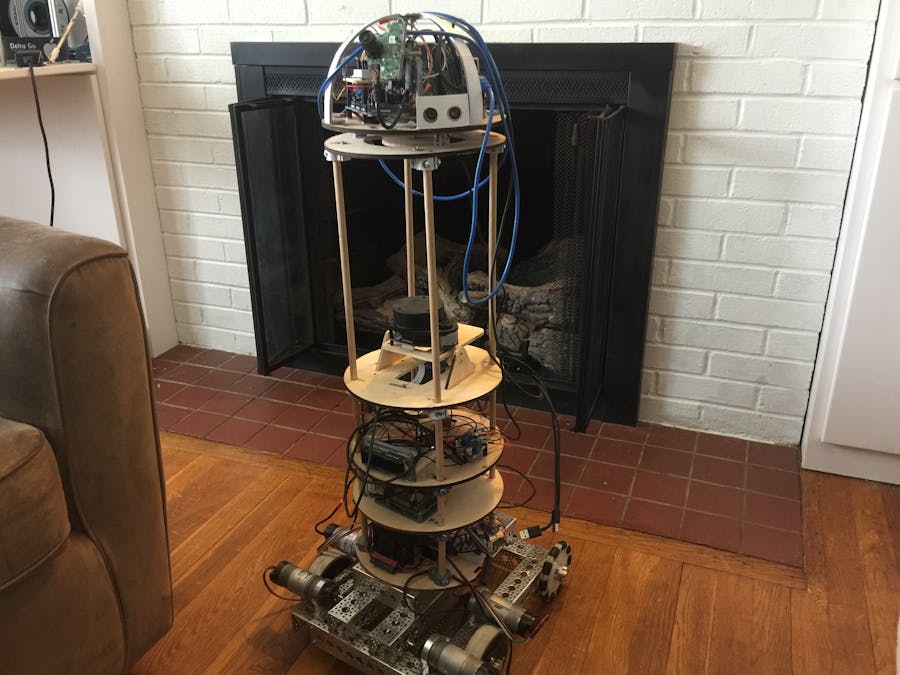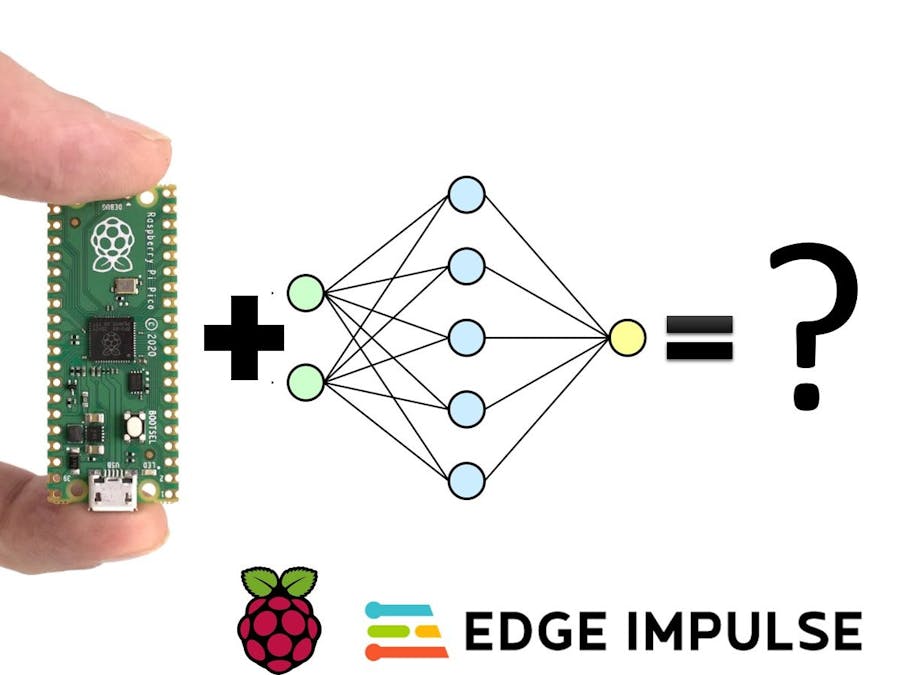What secrets are hidden inside the Japanese and European ROMs for Dragon’s Lair (NES)? Let’s take a look inside!
Month: March 2021
1000s Of Steam Games Now Let You Play With People Who Don’t Even Have Steam Accounts
An update to Steam released earlier this week has, tucked away in its changelog, a very cool piece of news: if you’re playing a game that supports Remote Play Together, you can now invite anyone to play with you, even if they don’t have a Steam account.
This won’t work for all Steam games, only those that support Remote Play Together. But if the game you’re playing does—and there are a lot of them, from Overcooked to Enter The Gungeon to Spelunky to the LEGO games—then only one person has to own the game on Steam. Everyone else they invite only has to click on their invite and they can get playing.

Kids Light Up Clock 2.0
The first version of my Light Up Clock for Kids I published a few years ago. At the time my wife and I were going crazy with our young kids (between 2 and 4 years old) who could not understand how to “wait for the 7” on the clock before coming in and waking us up early in the morning! Now the youngest (the 4th and hopefully the last) is 3 years old and this clock has been life-saving the last few years! Enhanced over time, it has provided a HUGE solution to our “child-waking-us-up-at-insane-hours-of-the-morning” problem!!!

Laser Projected Asteroids on the ESP32
The game is displayed using a laser which is directed using mirrors. You can find kits on eBay (search for laser galvo).
After 27 years you can now softmod a Sony PlayStation 1 | MVG
After 27 years TonyHax has been released – a softmod backup loader for the Sony PlayStation 1. This is a backup loader that leverages a save game exploit present on Tony Hawk’s Pro Skater 2 and 3 (more games are now available). In this episode , we take a closer look at the exploit and how it works.
Autonomous Home Robot to Help Around the House!
A low-cost home robot that can do tasks around the house.
I have been developing an autonomous home-assistant robot. This robot was entirely designed, created, and built from scratch with no use of a kit or directions. In the process of creating this, I taught myself how to use ROS, Python, C, HTML, CSS, OpenCV, and other complex systems/languages.
The robot is able to travel around the house independently using Simultaneous Localization and Mapping (SLAM) with Robot Operating System (ROS) for navigation. It knows where to go based on pre-set waypoints. This machine is a prototype of a low-cost robotic assistant for the average person to use in their home. It combines facial recognition, navigation, and a web-control page, as well as other easy-control options such as gesture-control, Wii remote, and even hand-guided. The robot uses many Proportional Integral Derivative (PID) control systems which allows the robot to self-balance, making it more user-friendly, lighter weight, and maneuverable.

Audacity, one of the best free audio editors, gets updated to version 3
New features and bug fixes for the podcasting and musician-friendly open-source software.
Given that it’s been around for more than 20 years, it seems remarkable that Audacity – the acclaimed free and open-source audio editor that’s beloved by musicians, podcasters and anyone else who wants to edit audio on a computer – has only just reached version 3.

Thomas Megel’s OpenScan Offers 10-Micron 3D Scanning on a RaspberryPi and HQ Camera Module
Low-cost 3D-scanning system offers sub-30-micron accuracy on a cheap Raspberry Pi Camera Module v2.1, or 10-micron on the HQ Camera.
Thomas Megel is aiming to bring down the cost and complexity of accurate 3D scanning — and to prove it, he’s scanned a Raspberry Pi single-board computer using another Raspberry Pi single-board computer.

Arduino Powered Garage Parking Sensor
We live in a house with a very tight garage, and our relatively big car leaves a tiny space in front. I designed and built this simple project to visually guide the driver into the optimal parking distance, using real-time feedback about how close the car is to the wall in front. In short, it tells you when to stop.
The project uses an ultrasonic sensor and Arduino to measure distance and then displays it on a full-color LED strip as a progress bar. The sensor is mounted on the wall; as the distance between the car and wall shrinks, the light strip shows an increasing number of illuminated LEDs, which also change color from green to amber to red, and then finally, flashing red.

Machine Learning Inference on Raspberry Pico 2040
This is another article in know-how series, which focuses solely on a specific feature or technique and today I’ll tell you how to use neural network trained with Edge Impulse with new Raspberry Pico 2040. Also make sure to watch the tutorial video with step-by-step instructions.
Edge Impulse is a platform that enables developers to easily train and deploy deep learning models on embedded devices. You can read the full introduction in my first article of the series about TinyML. Now, let’s jump straight to action.

